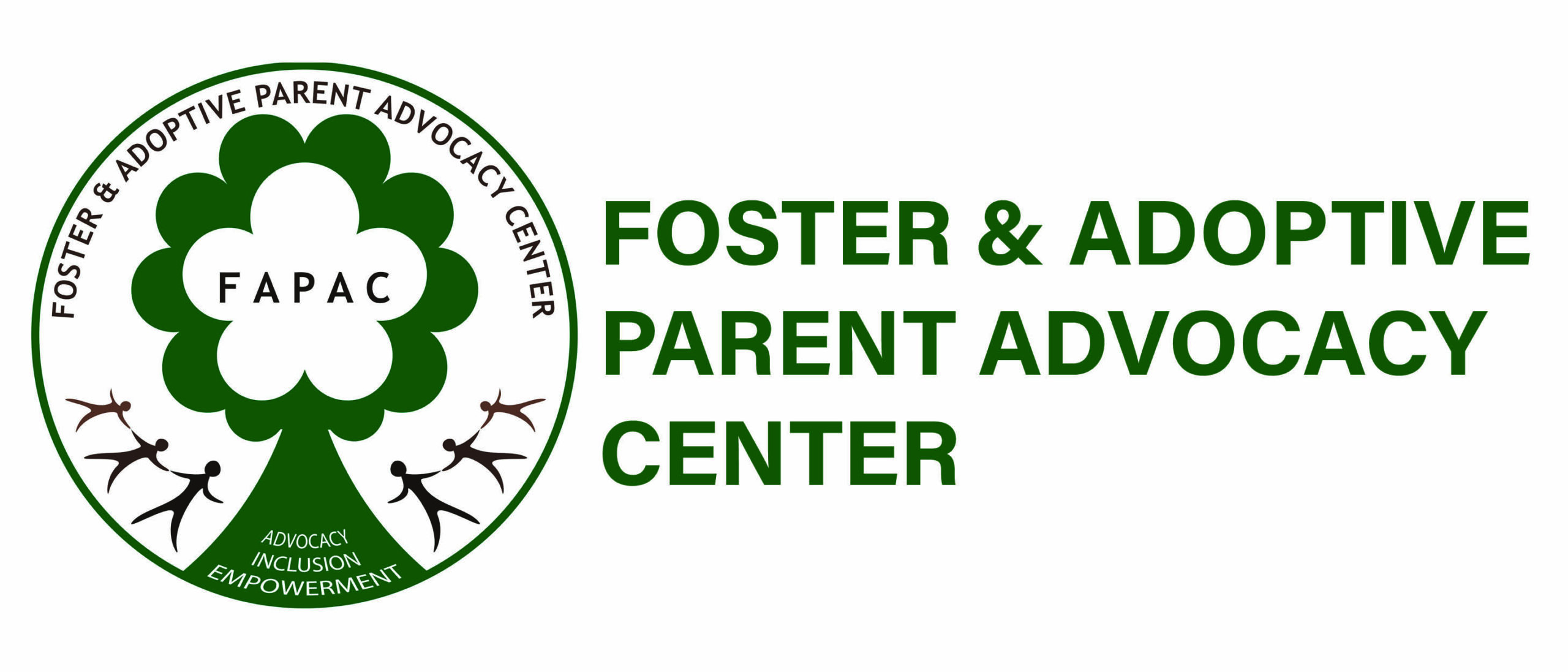The purpose of this study was to identify barriers to achieving permanency for children served by the District of Columbia child welfare system. The discussion about permanency in the District has been mostly based upon anecdotes and opinions; until this study there had been no actual study of the reasons why families hesitate to move forward with permanency. This study, implemented by the Foster and Adoptive Parent Advocacy Center (FAPAC) with funding from Kidsave, sought to gather information beyond the anecdotal through systematic administration of a standardized tool to assess barriers. We hope that DC Child and Family Services Agency and child welfare stakeholders will utilize the identification of specific barriers to provide resources, develop policies and procedures, and initiate interventions to remediate these barriers to permanency for children in CFSA custody.
Some of the most relevant findings were unintended and discovered when reviewing cases for our original sample as identified by the CFSA data management system. At that time, we determined that the number of children with a goal of adoption or guardianship who were in foster care placements of at least two years were in actuality fewer than anticipated based upon agency folklore and anecdote. Findings from analysis of the barriers identified by interviewed foster and kinship parents and social workers include:
- Overall, foster/kinship parents were more likely than social workers to identify service needs as barriers to finalization. Social workers identified either none or a low rate of barriers in a number of service areas. Only one-half (50%) of foster/kinship parents indicated that they were working with their social workers to address these specific barriers.
- The barriers that families gave for not moving to permanency are felt to be barriers that should be able to be negotiated within a few weeks if there was a clear practice model that supported identifying and working to eliminate barriers (i.e., day care, respite, school, tutoring, education, mentoring, subsidy, mental health, health care, college, after school care.) The prevalence of these issues as barriers leads to the question of how much effort is made t validate and to resolve barriers.
- An unexpected finding was the number of foster/kinship parents who referenced difficulties in their relationship with their child welfare agencies (both public and private) as a major barrier to permanency.
- Termination of Parental Right (TPR) was mentioned as a significant barrier by bother foster parents and social workers, however more research would be needed to understand exactly in which ways TPR was considered to be an issue.
- Bother foster parents and social workers made frequent mention of the child’s concerns about adoption as a barrier to achieving permanency.

